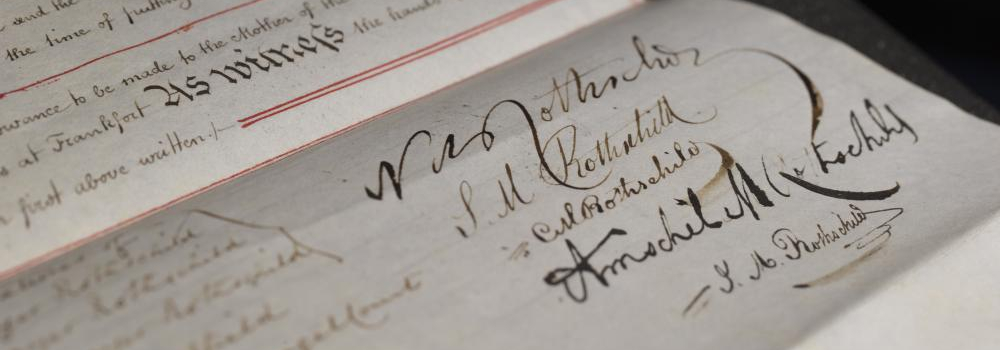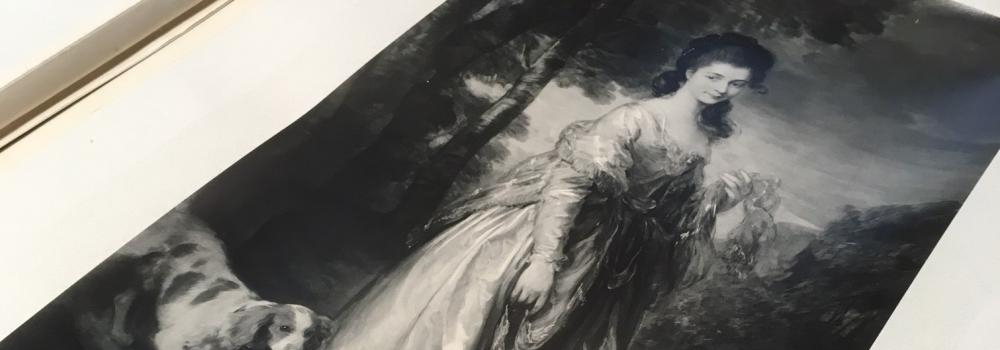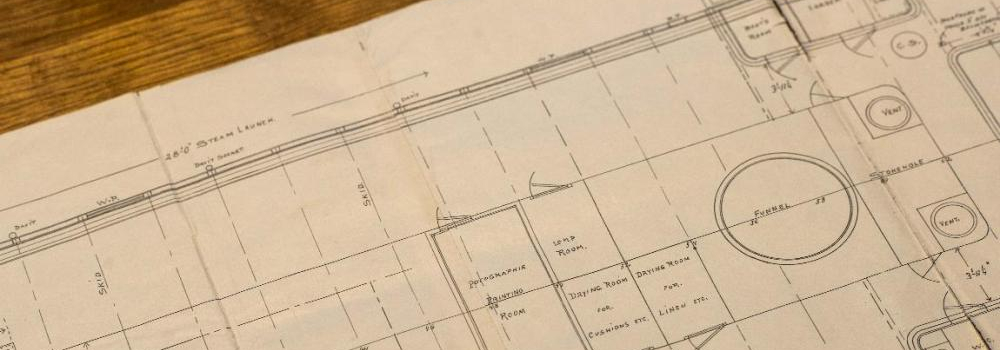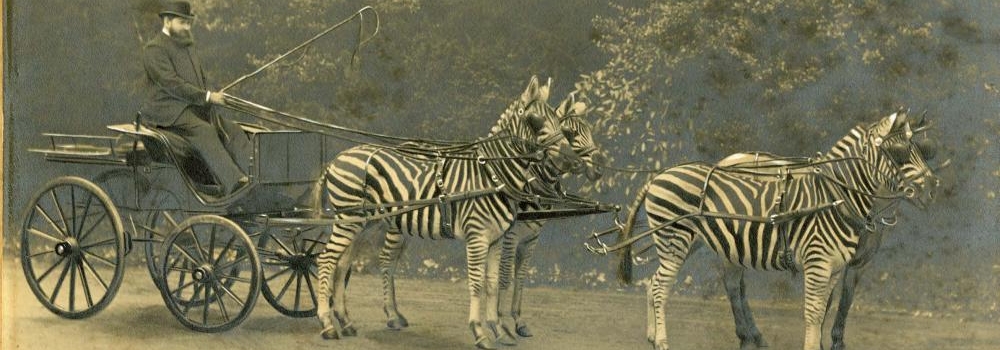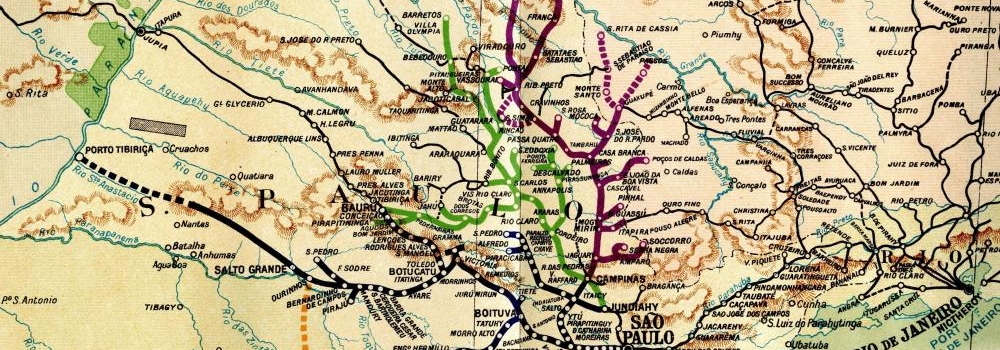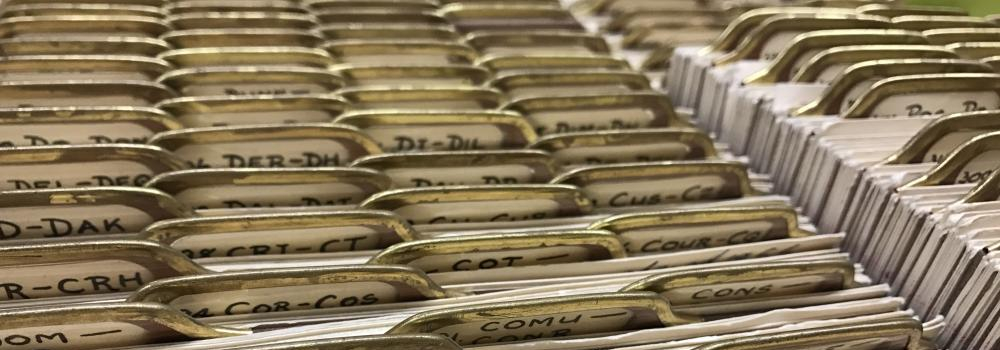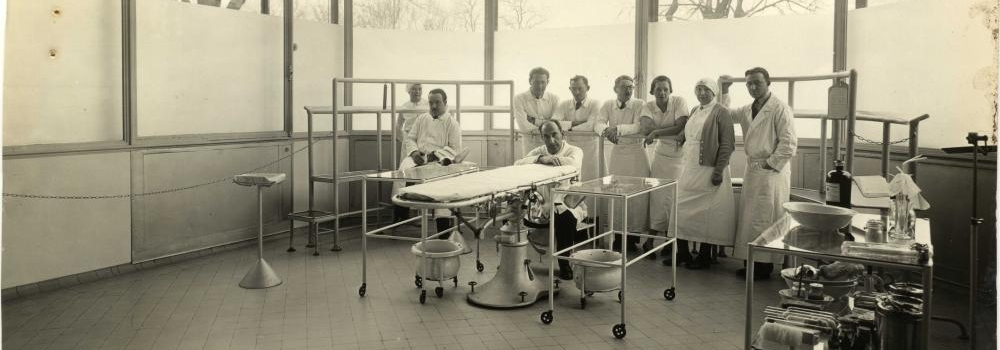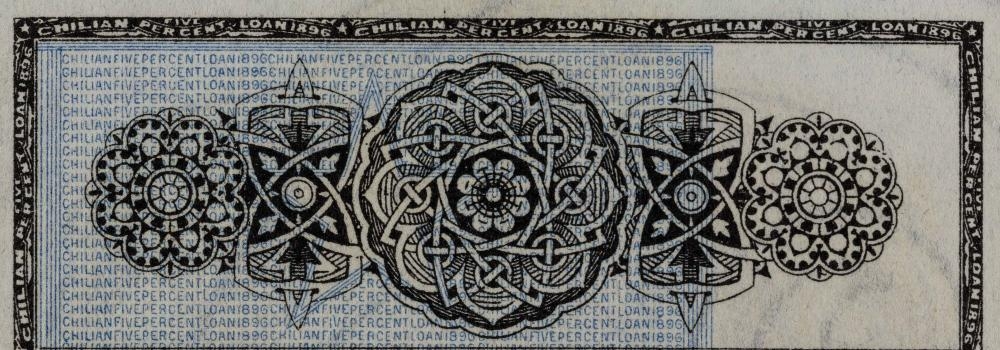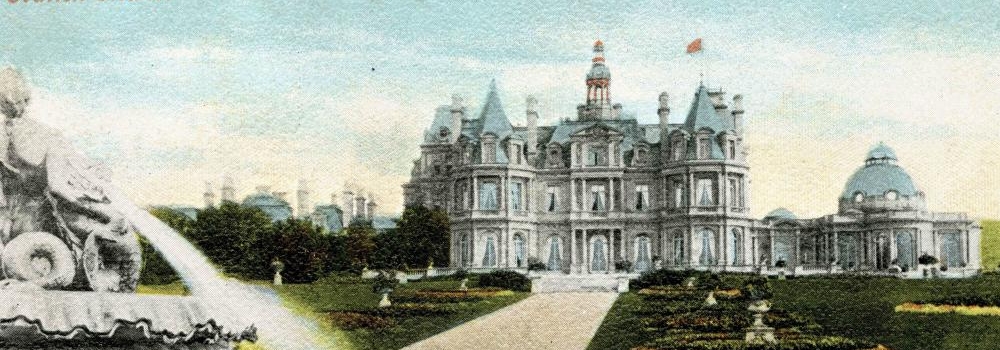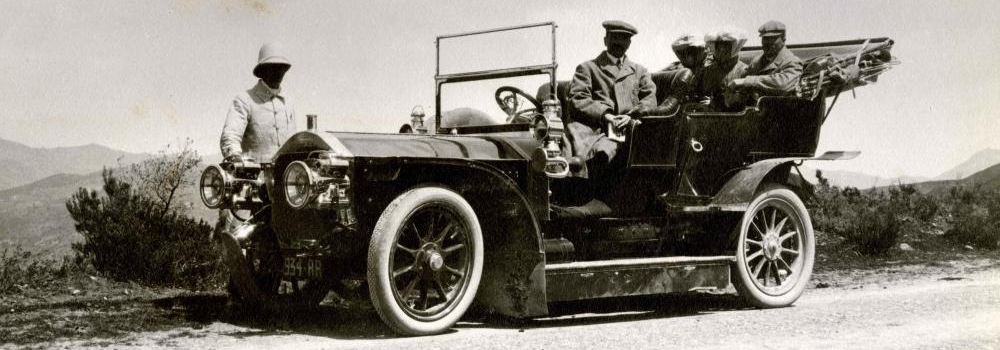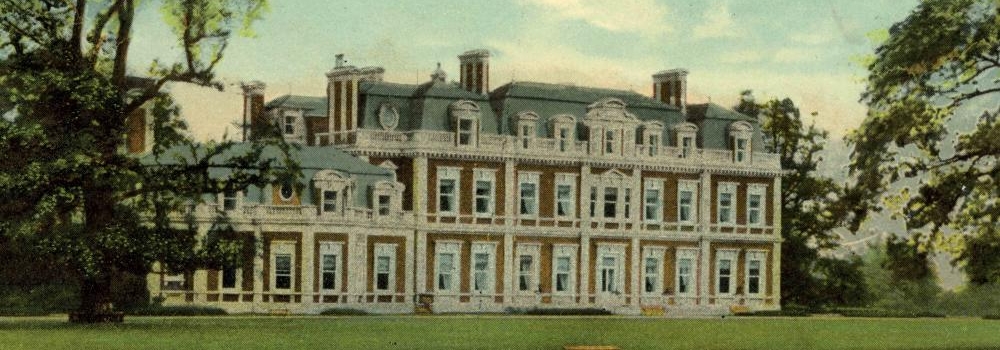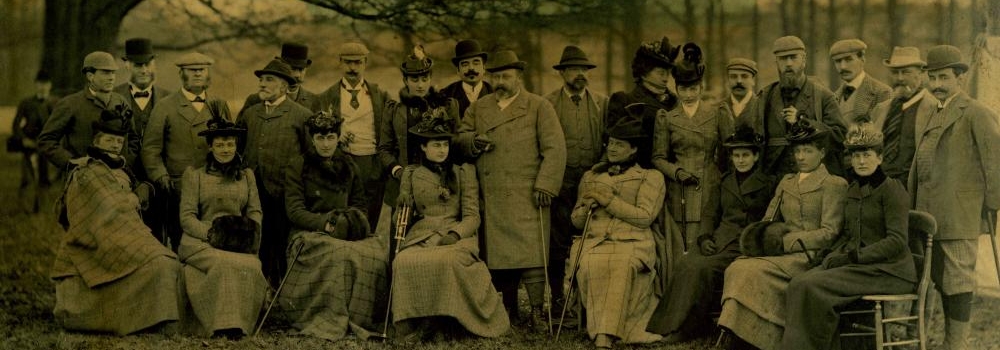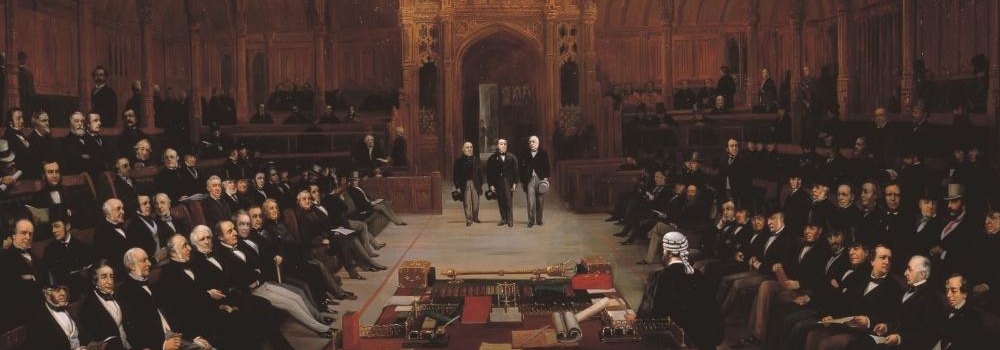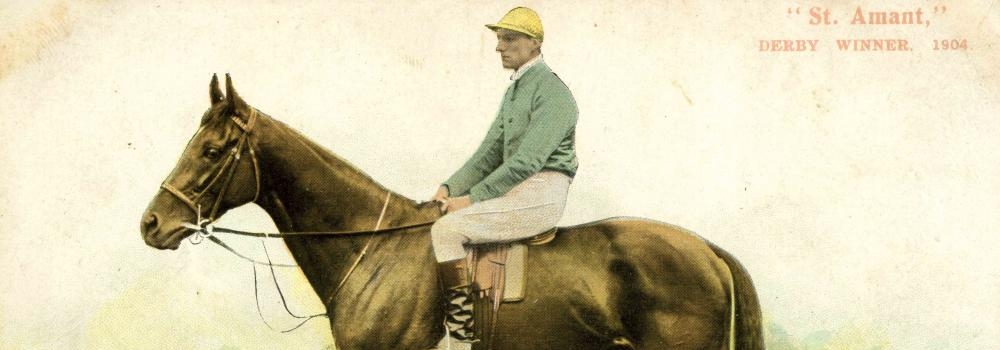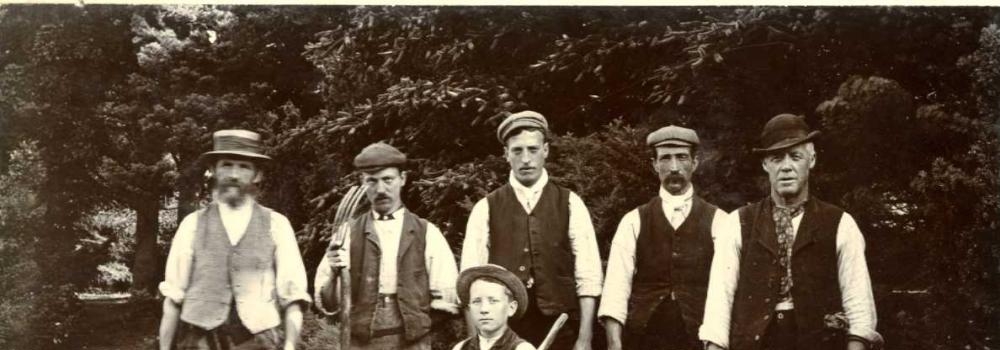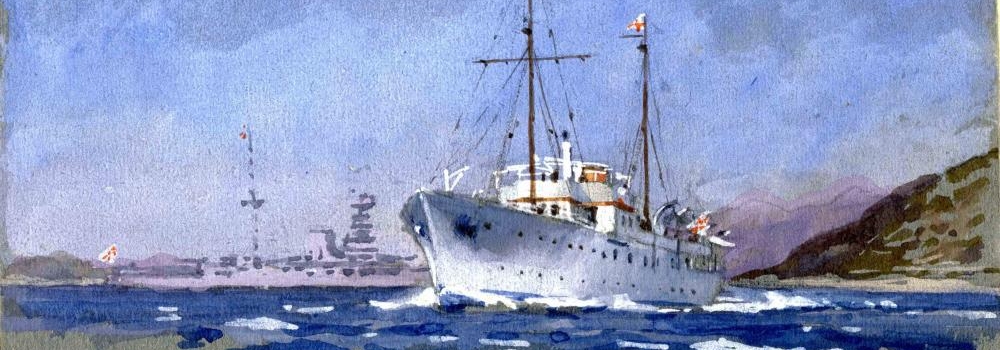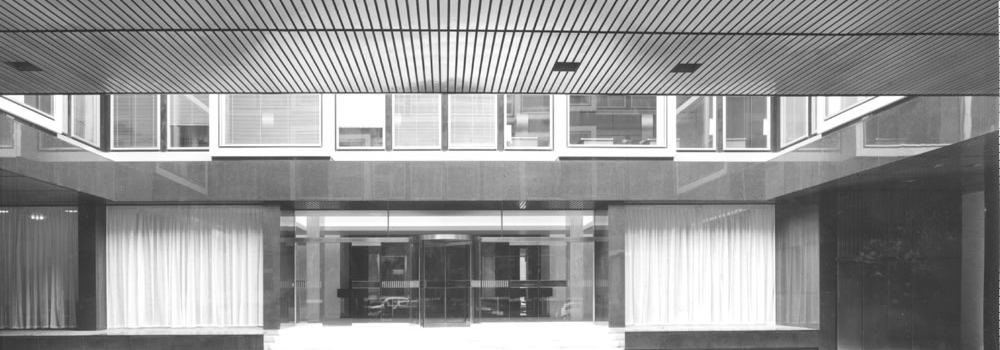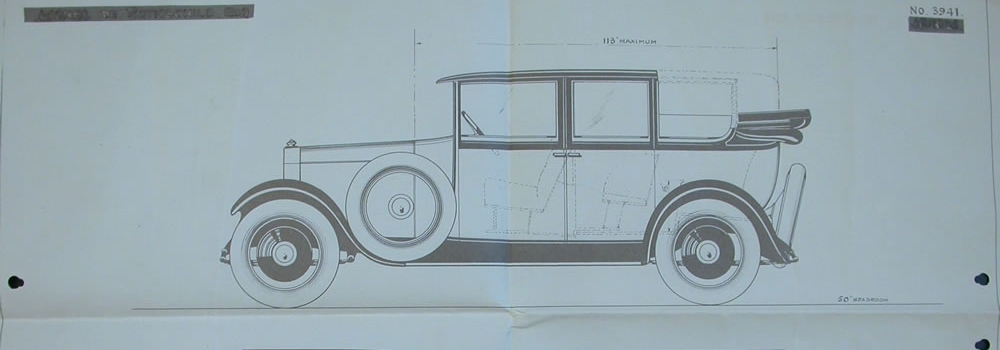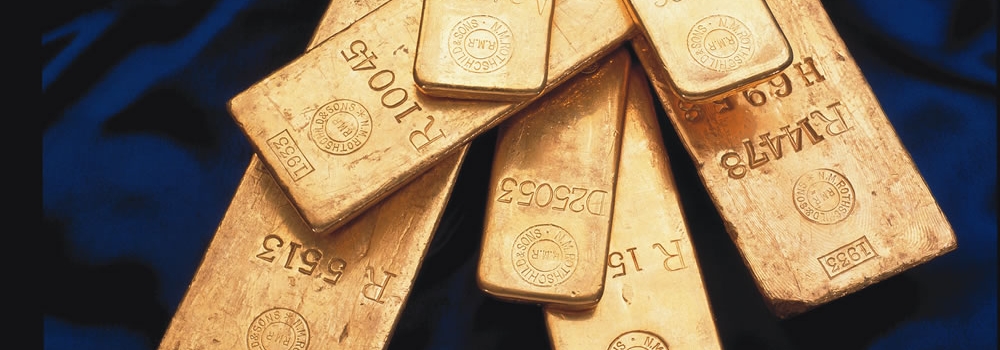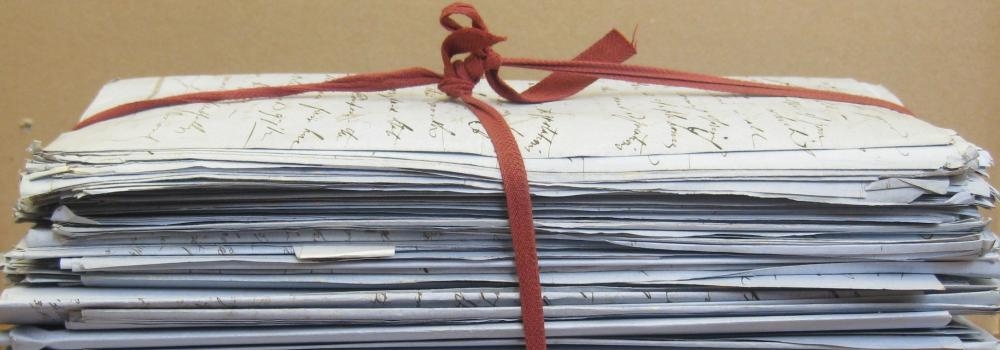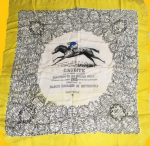“Racing is competition in its purest form, so simple and direct that its fascination is irresistible; and before one knows it, one identifies with one's horse…become a racehorse owner if you enjoy a thrill and are not afraid to suffer. But cardiacs, beware!”
Guy de Rothschild, Whims of Fortune (New York: Random House, 1985)
The Rothschilds’ racing successes helped strengthen their position in a society where Jewish members could often count on an uphill struggle for acceptance. The French branch of the family began to race and breed horses slightly earlier than their English cousins; James Mayer de Rothschild (1792-1868) established racing stables at his Ferrières estate in 1835. Ferrières, was a perfect location, close to Paris and to Chantilly which was then the centre of the French horse-racing world. Still in existence, albeit relocated to Normandy, the stables are the oldest in France continuously owned by a single family.
Initially, the majority of the horses belonging to James ran under the name and colours of their trainer, Thomas Carter; amber vest, lilac sleeves and grey cap. This was soon changed to the now famous ‘Rothschild’ blue vest and yellow cap, variations of which are still used by different members of the family. The stables were successful in James's lifetime, with victories in the St Leger at Chantilly in 1839 with Anatole and the Grand Prix Royal in 1844 with Drummer. In 1846, Medon won the French Derby, the Prix du Jockey Club. Following James's death, his sons Alphonse (1827-1905) and Gustave (1829-1911) succeeded their father as joint owners. In 1879 they decided to move from Ferrières to set up a stud farm at Meautry, near Deauville in Normandy. The stables had many victories; Heaume winning the Jockey Club in 1890 and his son Le Roi Soleil winning the Grand Prix de Paris in 1898. On this last occasion, a letter from Alphonse and Gustave was read out in the Paris Assemblée, stating that “on the occasion of the first victory of their stable in the Grand Prix de Paris, the Rothschilds are donating a sum of 200,000 francs to be used on behalf of the needy population of Paris.”
During the second half of the nineteenth century, Alphonse and Gustave bought up land in the area around Chantilly, establishing training stables at 10 rue St Laurent, Chantilly and at 4 rue de la Source, Gouvieux. Edouard Alphonse de Rothschild (1868-1949) inherited his father Alphonse's half-share of the stables and stud farm at his death in 1905. Edouard shared his father's passion for horses and built a new mansion 'Sans Souci' at Gouvieux-Chantilly. At the height of his racing career, Edouard owned eighty brood mares and another ninety horses trained for racing. Edouard's son Guy de Rothschild (1909-2007) was as passionate about horses as his father, and after the Second World War set about rebuilding the stables and stock. Under Guy's aegis, the Rothschild stables flourished and acquired the same prestige his father had enjoyed. Guy made his debut at Longchamp in the Autumn of 1949, and in 1950, he won his first major race, the Grand Prix de Paris with Vieux Manoir. Today, the Haras de Meautry remains a successful operation, and every season brings high hopes for the new crop of foals.
Crudité & Brantôme
One of France’s most prestigious races is the Grand Prix de Paris, run at Longchamp. Crudité, owned by Edouard Alphonse famously won in 1935. This silk scarf was produced by Galeries Lafayette to celebrate his success. It is in the style of traditional Epsom Derby scarves, featuring a central portrait surrounded by vignettes commemorating past winners. Watch an original British Pathé film of the climax of the race here »
By far the greatest and best-known of Edouard Alphonse’s horses was Brantôme. He was sired in 1931 by the Irish stallion Blandford out of the mare Vitamine. As a two-year-old, he won the Prix Robert Papin, Grand Critérium and the Prix Morny. His major victories at age three included the French 2000 Guineas, the Prix Lupin, the Prix Royal-Oak, the country's most prestigious horse race, the Prix de l'Arc de Triomphe plus other significant races. In 1935, Brantôme suffered his first loss. Entered in the Ascot Gold Cup in England, eleven days before the race, he got loose from the stables and was not caught until after he had galloped into downtown Chantilly. He lost three shoes and sustained a bad cut. Despite this mishap, Edouard Alphonse felt compelled to send him to Ascot rather than risk being perceived as unsportsmanlike and causing huge disappointment to the racing world; but Brantôme finished out of the money. After winning twelve of the fourteen races he competed in, Brantôme was retired to stand at stud. During the German occupation of France in the Second World War, the Nazis seized some of the best racehorses in France. Among them was Brantôme, and it was not until 1946, after prolonged negotiations, that he, and some of the other Meautry horses were returned to the Rothschild family.
Brantôme remains ranked among the most revered French horses of all time, and was featured in a short film, ‘Brantôme: Invincible Horse’, which was played in the cinemas celebrating his achievements. Upon his death in 1952 at the age of twenty-one, the headlines of the French newspapers read ‘Brantôme de Rothschild est mort’, linking the great stallion with the family he had so long been part of, and who left them a long-lasting legacy.
RAL 000/2289

